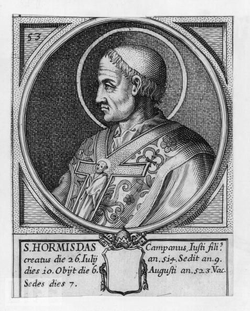This article needs additional citations for verification .(March 2019) |
| Years |
|---|
| Millennium |
| 1st millennium |
| Centuries |
| Decades |
| Years |
| 514 by topic |
|---|
| Leaders |
| Categories |
| Gregorian calendar | 514 DXIV |
| Ab urbe condita | 1267 |
| Assyrian calendar | 5264 |
| Balinese saka calendar | 435–436 |
| Bengali calendar | −80 – −79 |
| Berber calendar | 1464 |
| Buddhist calendar | 1058 |
| Burmese calendar | −124 |
| Byzantine calendar | 6022–6023 |
| Chinese calendar | 癸巳年 (Water Snake) 3211 or 3004 — to — 甲午年 (Wood Horse) 3212 or 3005 |
| Coptic calendar | 230–231 |
| Discordian calendar | 1680 |
| Ethiopian calendar | 506–507 |
| Hebrew calendar | 4274–4275 |
| Hindu calendars | |
| - Vikram Samvat | 570–571 |
| - Shaka Samvat | 435–436 |
| - Kali Yuga | 3614–3615 |
| Holocene calendar | 10514 |
| Iranian calendar | 108 BP – 107 BP |
| Islamic calendar | 111 BH – 110 BH |
| Javanese calendar | 401–402 |
| Julian calendar | 514 DXIV |
| Korean calendar | 2847 |
| Minguo calendar | 1398 before ROC 民前1398年 |
| Nanakshahi calendar | −954 |
| Seleucid era | 825/826 AG |
| Thai solar calendar | 1056–1057 |
| Tibetan calendar | ཆུ་མོ་སྦྲུལ་ལོ་ (female Water-Snake) 640 or 259 or −513 — to — ཤིང་ཕོ་རྟ་ལོ་ (male Wood-Horse) 641 or 260 or −512 |

Year 514 ( DXIV ) was a common year starting on Wednesday of the Julian calendar. At the time, it was known as the Year of the Consulship of Cassiodorus without colleague (or, less frequently, year 1267 Ab urbe condita ). The denomination 514 for this year has been used since the early medieval period, when the Anno Domini calendar era became the prevalent method in Europe for naming years.